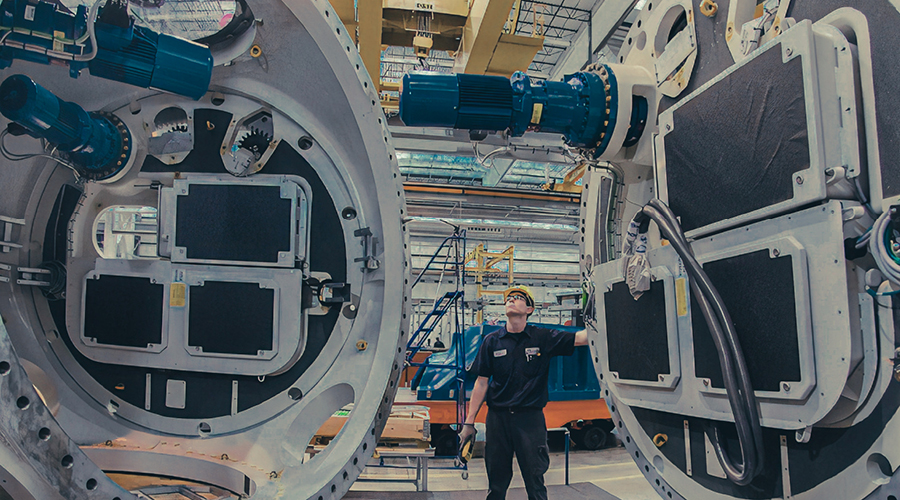In 1976 this medal replaced the Mechanical Engineering Prize, which had been established in 1955. The medal perpetuates the memory of Sir George Julius who practised in Sydney as a consulting engineer in the mechanical/electrical field. One of his best-known achievements was the automatic totalisator before the days of electronics. From 1925-1940 he was Chairman of the Standards Association of Australia, and from 1926 – 1945 he was Chairman of CSIRO.


Group Leader, Simulation of Advanced Materials and Structures Group,
Sir Lawrence Wackett Research Centre, School of Engineering, RMIT University,
for the publication of the:
“Effect of rock shapes on brittle fracture using Smoothed Particle Hydrodynamics”
Prof Raj Das leads the ‘Simulation and Modelling group in the Aerospace Engineering of RMIT University. He has more than 20 years of experience in the design, analysis and optimisation of aerospace materials and structures with a focus on computational simulation, composite structures, and failure analysis for various engineering applications. Prof Das has a PhD from Monash University in Mechanical Engineering. Prof Das has previously worked at the University of Auckland, the CSIRO, and the University of Manchester. Prof Das has published more than 300 papers in international journals and conferences and received several national and international awards and fellowships.
The medal is awarded to the author(s) of the publication in the field of mechanical engineering judged to be the best of those submitted for consideration. The publication may be for a paper, group of related papers, book or monograph.
The award is normally made for work carried out in Australia.
You must provide the following with your submission:
The successful recipient(s) will be presented with a Bronze Medal and accompanying Certificate at an appropriate Engineers Australia Mechanical College event in their home state.